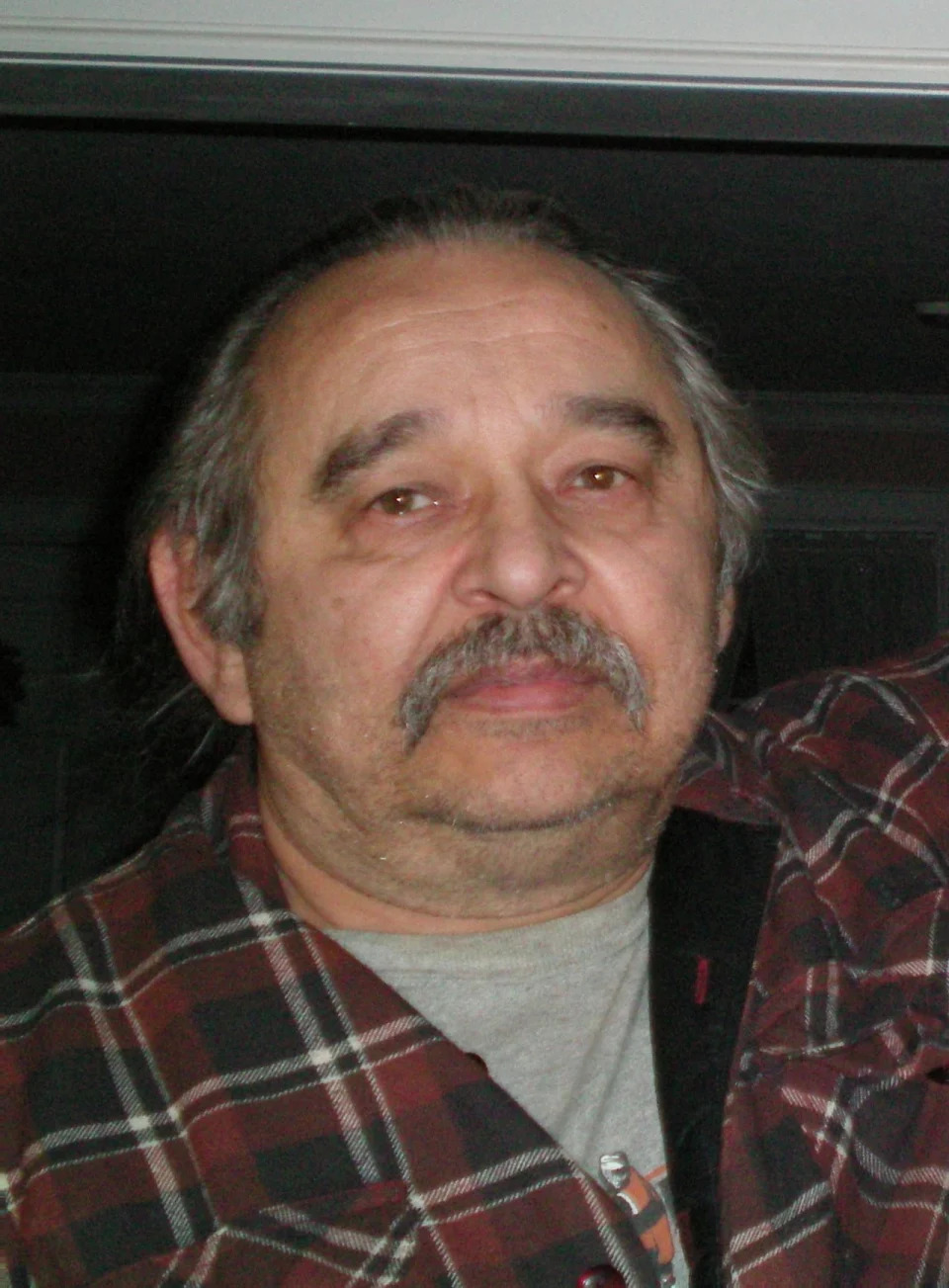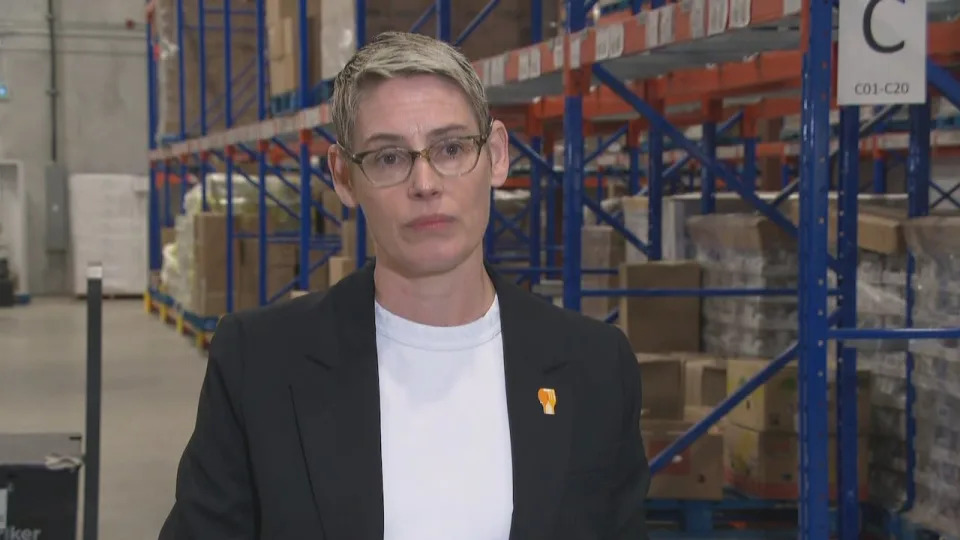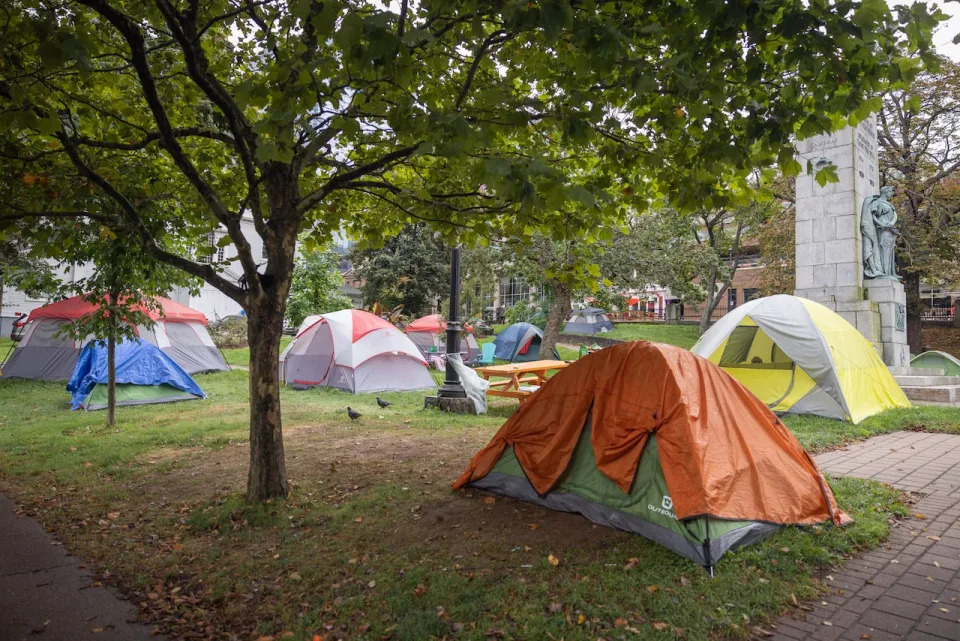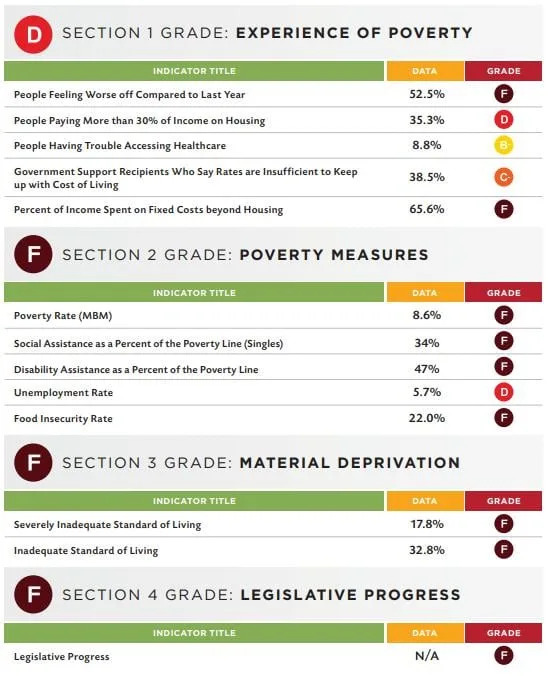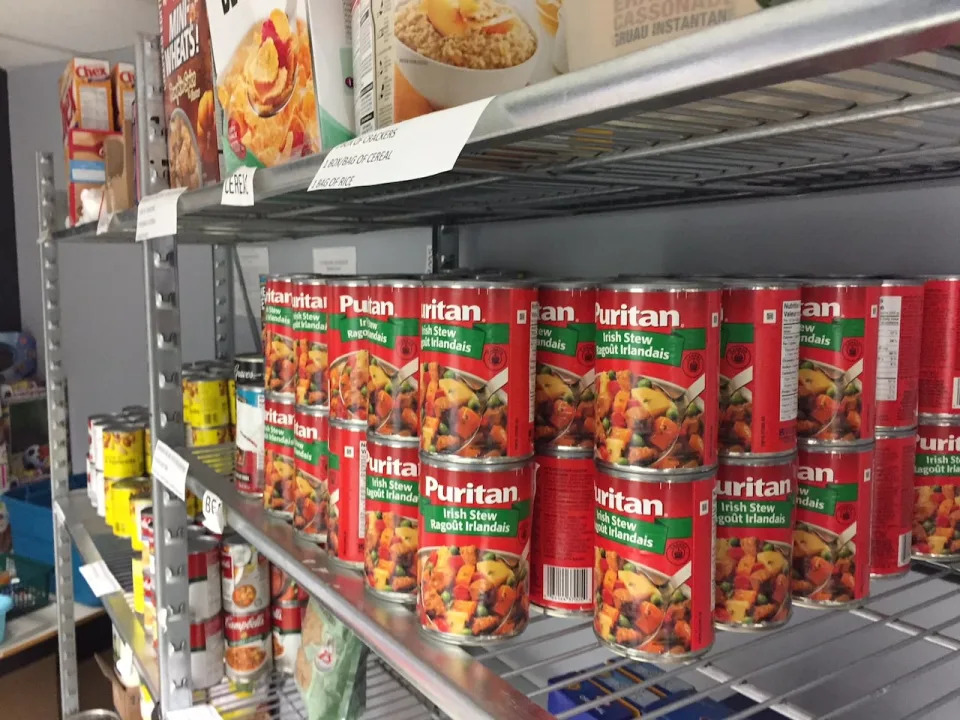WAR IS RAPE
Russian troops raped women as old as 83 while their families were forced to listenKatherine Tangalakis-LippertMon, September 25, 2023  Russian troops raped women as old as 83 while their families were forced to listenA new UN report found that women in Ukraine experience systematic sexual violence by Russian troops.Women as old as 83 have been raped while their families were forced to listen to the brutal attacks.International criminal law considers rape and sexual violence war crimes and crimes against humanity.As the Russian invasion of Ukraine drags into its 19th month, international watchdogs say they have found continued evidence of systemic sexual violence against women in regions occupied by invading troops.The United Nations' Commission of Inquiry on Ukraine released a report Monday detailing the findings of investigators who verified reports of war crimes after multiple evidence-gathering trips to occupied Ukraine."The Commission has found that in the Kherson region, Russian soldiers raped and committed sexual violence against women of ages ranging from 19 to 83 years, often together with threats or commission of other violations," the latest UN report reads. "Frequently, family members were kept in an adjacent room, thereby forced to hear the violations taking place."Representatives for Ukraine's Ministry of Defense, the Government of the Russian Federation, and the UN Commission of Inquiry on Ukraine did not immediately respond to requests for comment from Insider.Insider previously reported on the case of a woman who recounted being raped by Russian soldiers who killed her husband. The woman ushered her crying 4-year-old son to the next room before the attack, but his cries so angered her attackers that they threatened, with a gun to her head, to "show him his mother's brains spread around the house," she said in an interview with The Times of London."We have reports of women being gang-raped. These women are usually the ones who are unable to get out. We are talking about senior citizens," Lesia Vasylenko, a member of Ukraine's parliament, said early last year, not long after the invasion began. "Most of these women have either been executed after the crime of rape or they have taken their own lives."
Russian troops raped women as old as 83 while their families were forced to listenA new UN report found that women in Ukraine experience systematic sexual violence by Russian troops.Women as old as 83 have been raped while their families were forced to listen to the brutal attacks.International criminal law considers rape and sexual violence war crimes and crimes against humanity.As the Russian invasion of Ukraine drags into its 19th month, international watchdogs say they have found continued evidence of systemic sexual violence against women in regions occupied by invading troops.The United Nations' Commission of Inquiry on Ukraine released a report Monday detailing the findings of investigators who verified reports of war crimes after multiple evidence-gathering trips to occupied Ukraine."The Commission has found that in the Kherson region, Russian soldiers raped and committed sexual violence against women of ages ranging from 19 to 83 years, often together with threats or commission of other violations," the latest UN report reads. "Frequently, family members were kept in an adjacent room, thereby forced to hear the violations taking place."Representatives for Ukraine's Ministry of Defense, the Government of the Russian Federation, and the UN Commission of Inquiry on Ukraine did not immediately respond to requests for comment from Insider.Insider previously reported on the case of a woman who recounted being raped by Russian soldiers who killed her husband. The woman ushered her crying 4-year-old son to the next room before the attack, but his cries so angered her attackers that they threatened, with a gun to her head, to "show him his mother's brains spread around the house," she said in an interview with The Times of London."We have reports of women being gang-raped. These women are usually the ones who are unable to get out. We are talking about senior citizens," Lesia Vasylenko, a member of Ukraine's parliament, said early last year, not long after the invasion began. "Most of these women have either been executed after the crime of rape or they have taken their own lives." Ukrainian and Polish women attend 'Rape Is a War Crime' protest in front of the Consulate General of Russia in Krakow, Poland.Beata Zawrzel/NurPhoto via Getty ImagesSince Vasylenko's comments last March, reports of widespread sexual violence perpetrated by Russian troops, at times encouraged by commanding officers, have increased, prompting international investigations into the incidents. Major protests have occurred in England and Poland against the atrocities, which have targeted civilians in occupied regions, including Kherson and Bucha.Though women of all ages are the most frequent targets of sexual violence, Russians use rape as a "deliberate tactic" to dehumanize victims regardless of sex, Insider previously reported."When women are held for days and raped, when you start to rape little boys and men, when you see a series of genital mutilations, when you hear women testify about Russian soldiers equipped with Viagra, it's clearly a military strategy," Pramila Patten, the UN's special representative on sexual violence in conflict, told AFP, per France 24.Rape as a weapon of warWhile the reports of the rapes are no doubt troubling, sexual violence is frequently documented during wartime. The Rome Statute of the International Criminal Court classifies rape and sexual violence, including sexual slavery, forced prostitution, and sterilization, as a type of war crime and a crime against humanity, depending on the context under which the crimes are committed."Rape committed during war is often intended to terrorize the population, break up families, destroy communities, and, in some instances, change the ethnic make-up of the next generation," reads a 2014 UN report on sexual violence during war, which highlighted sexual violence during the Rwandan genocide.Between 100,000 and 250,000 women were raped over three months in 1994, according to the report. At least 200,000 women were raped in the Democratic Republic of the Congo since 1998, and hundreds of thousands more during wars in Sierra Leone, Liberia, and the former Yugoslavia, it said."Sometimes it is also used to deliberately infect women with HIV or render women from the targeted community incapable of bearing children," the 2014 report adds.Although international law provides protections against rape and sexual violence, enforcement of the provisions is weak, according to a report by the Council on Foreign Relations, a nonpartisan think tank. The International Crime Court has launched an investigation into alleged war crimes in Ukraine, though legal action is unlikely to come for many years — if it comes at all."International law is largely ineffective at preventing rape and sexual violence in conflict," according to the Council on Foreign Relations, which advocates for a pragmatic approach to helping survivors, rather than focusing on the near-impossible task of ending sexual violence during wartime. "Survivor-centered training and aid is the best way to support victims of sexual violence and to help them cope with the trauma, stigma, and the health consequences stemming from conflict-related sexual violence."
Ukrainian and Polish women attend 'Rape Is a War Crime' protest in front of the Consulate General of Russia in Krakow, Poland.Beata Zawrzel/NurPhoto via Getty ImagesSince Vasylenko's comments last March, reports of widespread sexual violence perpetrated by Russian troops, at times encouraged by commanding officers, have increased, prompting international investigations into the incidents. Major protests have occurred in England and Poland against the atrocities, which have targeted civilians in occupied regions, including Kherson and Bucha.Though women of all ages are the most frequent targets of sexual violence, Russians use rape as a "deliberate tactic" to dehumanize victims regardless of sex, Insider previously reported."When women are held for days and raped, when you start to rape little boys and men, when you see a series of genital mutilations, when you hear women testify about Russian soldiers equipped with Viagra, it's clearly a military strategy," Pramila Patten, the UN's special representative on sexual violence in conflict, told AFP, per France 24.Rape as a weapon of warWhile the reports of the rapes are no doubt troubling, sexual violence is frequently documented during wartime. The Rome Statute of the International Criminal Court classifies rape and sexual violence, including sexual slavery, forced prostitution, and sterilization, as a type of war crime and a crime against humanity, depending on the context under which the crimes are committed."Rape committed during war is often intended to terrorize the population, break up families, destroy communities, and, in some instances, change the ethnic make-up of the next generation," reads a 2014 UN report on sexual violence during war, which highlighted sexual violence during the Rwandan genocide.Between 100,000 and 250,000 women were raped over three months in 1994, according to the report. At least 200,000 women were raped in the Democratic Republic of the Congo since 1998, and hundreds of thousands more during wars in Sierra Leone, Liberia, and the former Yugoslavia, it said."Sometimes it is also used to deliberately infect women with HIV or render women from the targeted community incapable of bearing children," the 2014 report adds.Although international law provides protections against rape and sexual violence, enforcement of the provisions is weak, according to a report by the Council on Foreign Relations, a nonpartisan think tank. The International Crime Court has launched an investigation into alleged war crimes in Ukraine, though legal action is unlikely to come for many years — if it comes at all."International law is largely ineffective at preventing rape and sexual violence in conflict," according to the Council on Foreign Relations, which advocates for a pragmatic approach to helping survivors, rather than focusing on the near-impossible task of ending sexual violence during wartime. "Survivor-centered training and aid is the best way to support victims of sexual violence and to help them cope with the trauma, stigma, and the health consequences stemming from conflict-related sexual violence."
Russia tortured some Ukrainian victims to death, UN inquiry says
Reuters
Mon, September 25, 2023
GENEVA, Sept 25 (Reuters) - Russia's torture methods in parts of Ukraine it occupied have been so brutal that it tortured some of its victims to death, the head of a U.N.-mandated investigative body said on Monday.
Erik Møse, Chair of the Commission of Inquiry on Ukraine, told the U.N. Human Rights Council in Geneva his team had "collected further evidence indicating that the use of torture by Russian armed forces in areas under their control has been widespread and systematic".
"In some cases, torture was inflicted with such brutality that it caused the death of the victim," he said.
Møse's commission visited parts of Ukraine formerly held by Russian forces such as in Kherson and Zaporizhzhia regions. It found that torture was committed mainly in detention centres operated by the Russian authorities.
The commission has previously said that violations committed by Russian forces in Ukraine, including the use of torture, may constitute crimes against humanity.
Russia denies committing atrocities or targeting civilians in Ukraine. Russia was given an opportunity to respond to the allegations at the council hearing but no Russian representative attended. (Reporting by Emma Farge Editing by Peter Graff)
‘I just want justice’: Ukrainians struggle with hidden war crime of sexual violence
Thousands of adults and children may have survived Russian sexual assaults but few have come forward and far fewer have seen any punishment
Liz CookmanTue 26 Sep 2023

When Russian forces occupied Halyna’s village near Bucha, she tried to keep a low profile. She stayed indoors and, when the food ran out, survived off leftover chicken feed scavenged from her garden at night. Yet two young soldiers came to the door, accusing her of hiding Ukrainian troops. They stripped her naked and raped her.
Halyna, 61, who did not want to use her full name, reported her case to Ukrainian police shortly after Russian troops retreated from the Kyiv region in spring last year. Fifteen months on, she has had no update on her case and is struggling to move on.
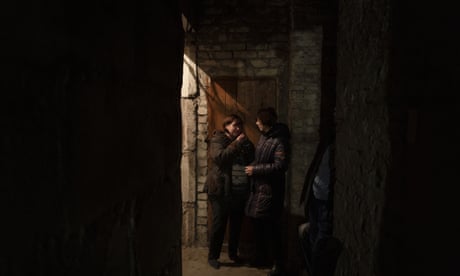
Ukrainian women more vulnerable to sexual violence after Russian invasion, says IRC
Maryna survived sexual violence while in prison in Russian-occupied Donetsk, where she was detained for her pro-Ukrainian stance. Her identity has been concealed as her husband – a civilian – is still being held there. Released last year, she filed an official report together with a large group of other detainees. It was not taken on, and she was not told why, but is preparing to file a new case as an individual.
“Sexual violence is low attention,” she said. “It’s not treated the same as torture or other war crimes because there is no proper mechanism, no laws.”
Halyna and Maryna are two of what activists believe could be thousands, perhaps tens of thousands, of women, children and men who have been subjected to sexual violence – a war crime under international humanitarian law – since Russia’s invaded Ukraine last year. They are among the few so far, however, to have come forward to report what happened to them.
Ukraine’s prosecutor general has recorded more than 97,000 reports of alleged war crimes committed by the invading forces. They include torture, summary killing and the targeting of civilian infrastructure. Yet, as of August, it was investigating just 208 cases of sexual violence.
While Ukraine is making efforts to record and prosecute war crimes, the figures show that sexual violence remains a hidden crime. Rape has been used as a weapon of war in conflicts worldwide, but holding people to account for it is rare. It is difficult to find the perpetrators and to prove there were orders by someone in command.
In Ukraine, survivors face a long road to justice. An overwhelmed legal system, social stigma, a lack of awareness about what constitutes sexual violence and the need for legislative reform could all prevent people from coming forward.
“People live in small communities and they want to keep what happened to them inside the family,” said Halyna. “Some people, including police officers, pass the blame. They say: ‘Well, you decided to stay [under occupation], if you had left this wouldn’t have happened’. It frustrates people and they don’t encourage others to report.”
Kateryna Pavlichenko, the deputy minister of internal affairs, coordinates the work of police units investigating conflict-related sexual violence. She said the brutality and intensity of the full-scale war presented police with challenges they had not faced before, and they have had to adapt quickly.
“It’s been a learning process,” she said. “We have documented instances of sexual violence since 2014 [when Russia-controlled forces seized Crimea], but after the invasion, the scale of crimes spiralled. We have gained experience now and when the counteroffensive liberates new areas we will be more efficient.”
The majority of sexual violence reported so far took place under occupation, in areas such as the Kyiv and Kharkiv regions and Kherson. Police have no access to areas still under Russian control, so they can only wait for Ukraine to make military advances.
In the meantime, Pavlichenko said, they had established eight specialist working groups, made up mostly of women, who tour previously liberated areas to encourage survivors to come forward. Investigators undergo training in how to handle cases sensitively, while a hotline and a website to report cases have been set up.
Ukraine is trying to push through changes on a legislative level that would grant survivors of sexual violence special status and make them eligible for state financial support, something that could encourage people to report crimes in the future.
The country’s criminal code does not outline conflict-based sexual violence, which is separate from other forms of sexual violence and abuse under international law. That means survivors do not receive the same legal status as victims of other types of war crimes, such as unlawful detention, property loss or torture, which come with state financial support.
Uliana Tokarieva, the deputy minister of social policy, said the Verkhovna Rada parliament was processing a law to grant this special status, as well as a number of bylaws that outline conflict-related sexual violence. The adjustments will make way for the provision of social, medical and psychological services and will better punish offenders.
Officials and international groups, such as the UN, have called Russia’s use of sexual violence in Ukraine a strategic programme of dehumanisation. Horrific accounts already shared publicly have spanned the elderly, children as young as four, civilian detainees and military prisoners of war. While women bear the brunt of sexual violence, around a third of cases recorded both by Ukraine’s prosecutor general and anecdotally by UNFPA, the UN’s sexual and reproductive health agency, were against men.
“Men can be subjected to extra social stigma. They don’t want to be seen as a victim or as weak, so few are ready to speak publicly,” said Volodomyr Shvherbachenko, the head of the East-Ukrainian Centre for Civil Initiatives (EUCCI), an NGO that documents conflict-related human rights violations.
Shvherbachenko, who has been documenting sexual violence since 2014, was the first to take a case from Ukraine to the international criminal court. He said reported crimes have included gang rape, the rape of parents in front of children and vice versa, the placing of cameras in the toilets of detention facilities, and sexualised torture, such as the electrocution of genitals and castration.
“Several survivors reported that, after they were abused, they were told: ‘You will not be able to have children now’, or: ‘We’re doing this to stop Ukrainians from reproducing’,” said Shvherbachenko. “These acts ruin people’s lives.”
Ukraine and UNFPA have recently launched an awareness campaign to encourage people who may have been subjected to lesser-known examples of war-related sexual violence to come forward. These include the threat of rape, the witnessing of sexual violence against others, being stripped naked, a gun being pointed at reproductive organs and any act with a sexual undercurrent.
“People might not consider what happened to them sexual violence until they have had help processing what happened,” said Alona Sychova, a psychologist at UNFPA’s Zaporizhzhia Survivor Relief Centres, one of 11 across the country.
Those who do not get help risk severe psychological effects, such as post-traumatic stress disorder. The slow path to justice can also have profound mental health effects.
Pavlichenko’s office said 71 of the 208 cases of sexual violence, involving 81 survivors, were undergoing criminal proceedings. In some cases, the perpetrator had been identified but could not be found, and in others, they had already been killed on the battlefield. That can be disappointing for survivors.
“People go to law enforcement, report a case and expect judgment right away, and punishment for those who harmed them,” said Sychova. “But if it takes a long time, or the case doesn’t go forward as expected – it leads to added frustration and anxiety.” Some may choose not to take the case as far as court due to the trauma of giving repeated detailed testimony.
For Halyna and Maryna, justice would allow them to move on, to feel confident that Ukraine is a democratic state that serves their needs, and to regain a sense of certainty in their lives. “I just want to get justice, I want everyone to be punished,” said Maryna. “It would help me recover psychologically.”
